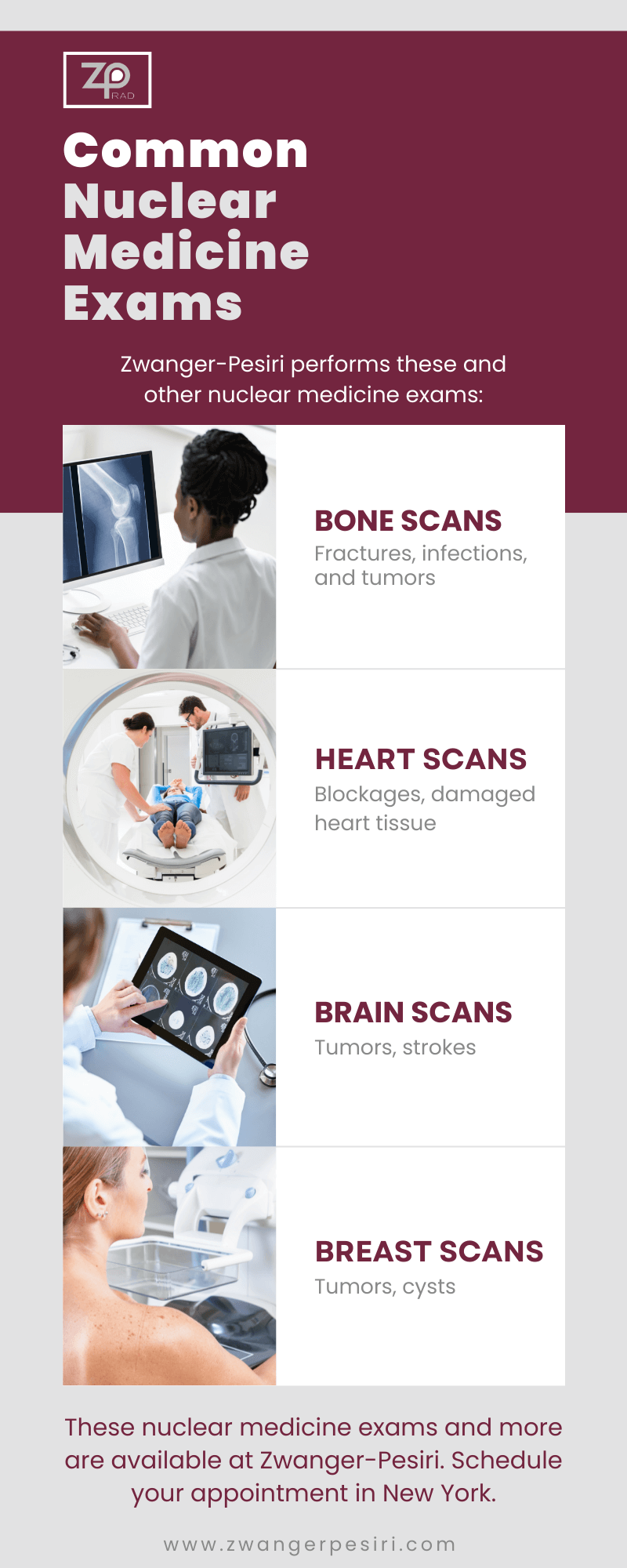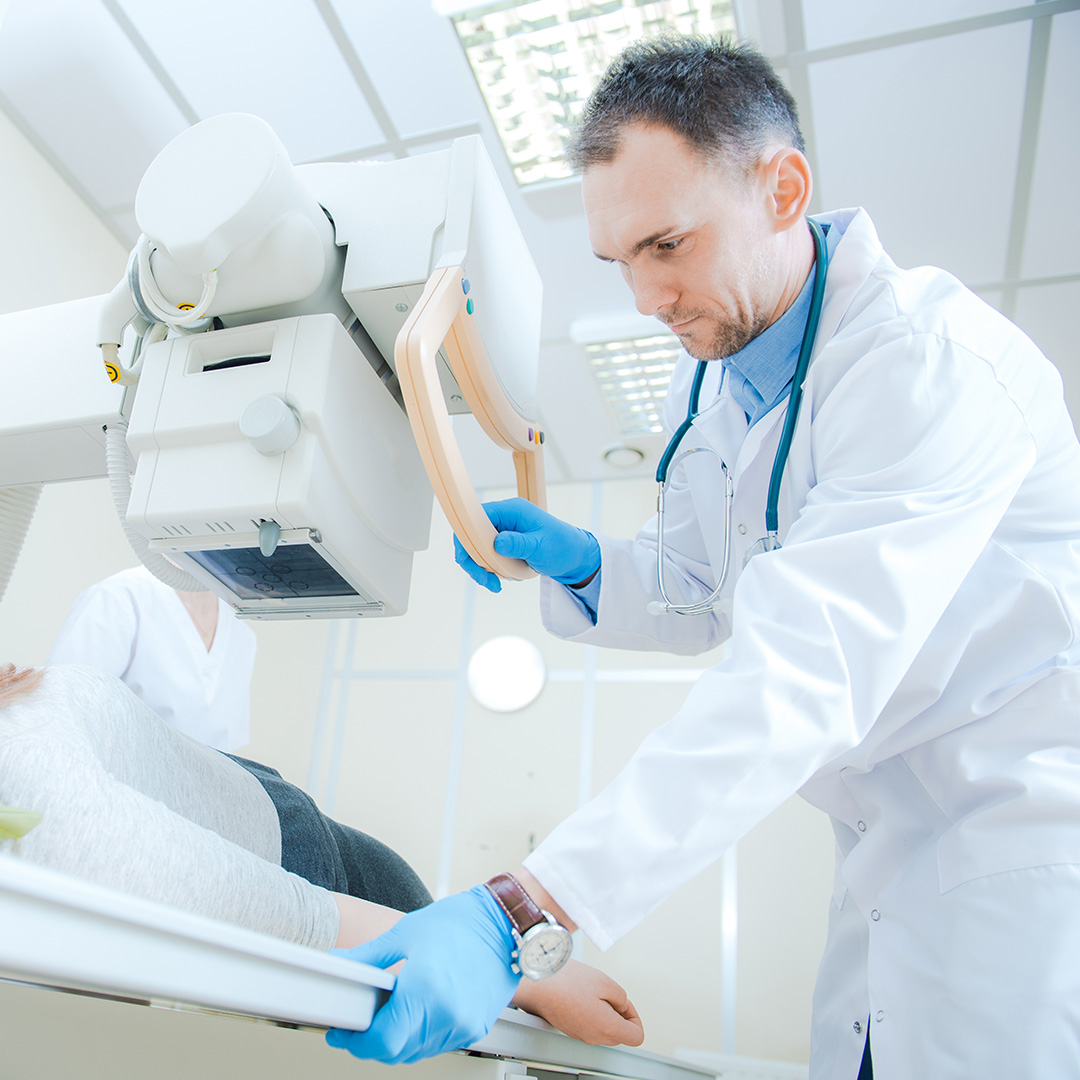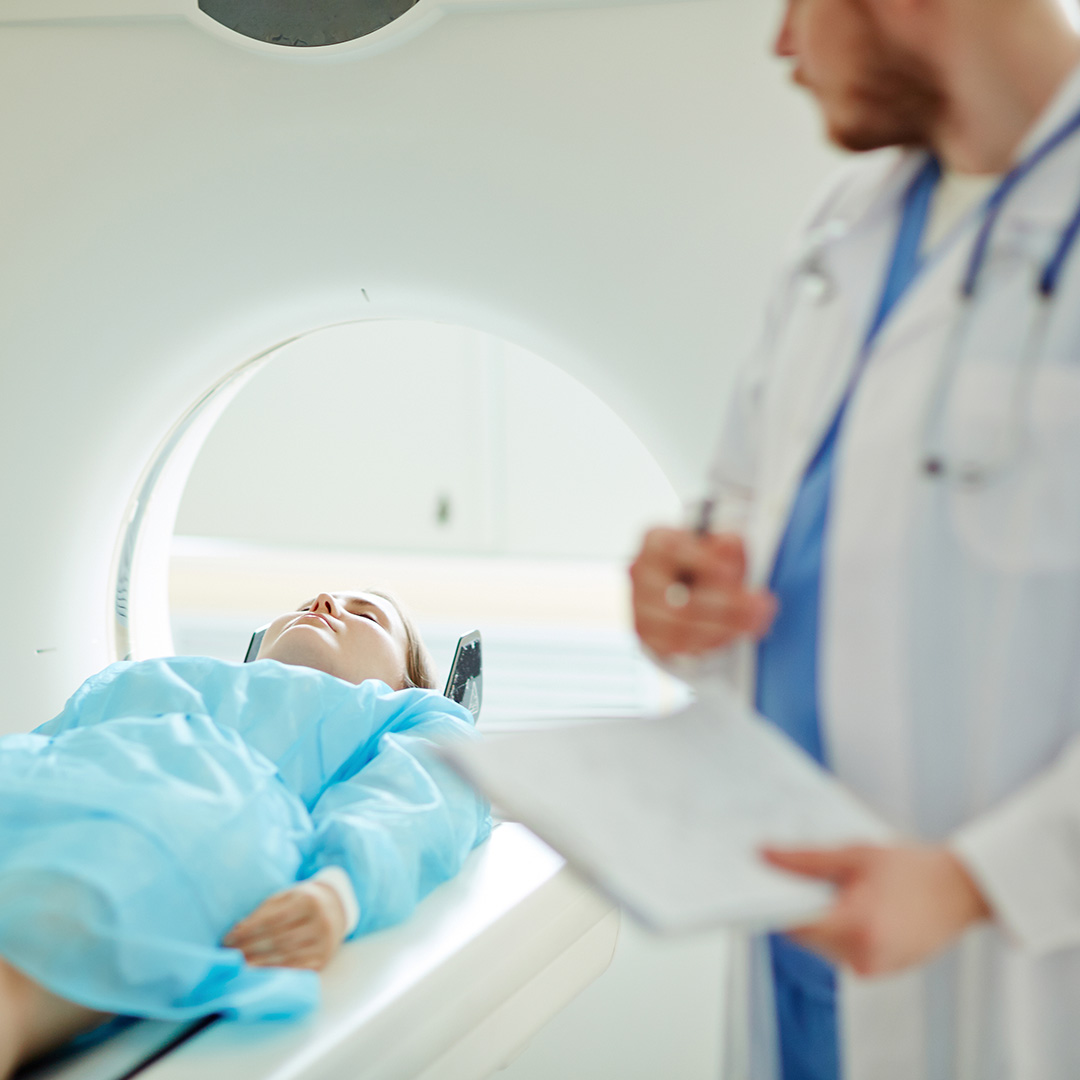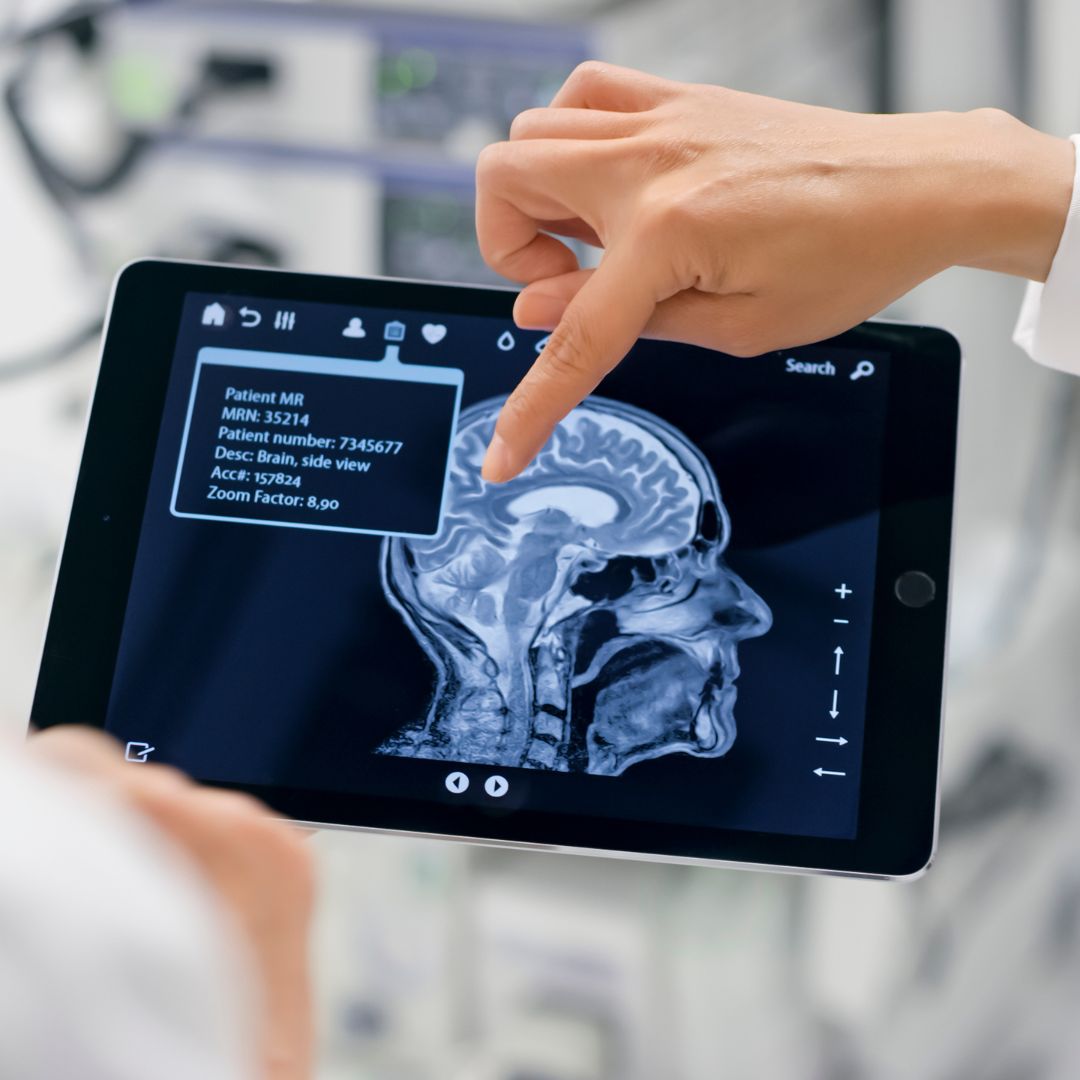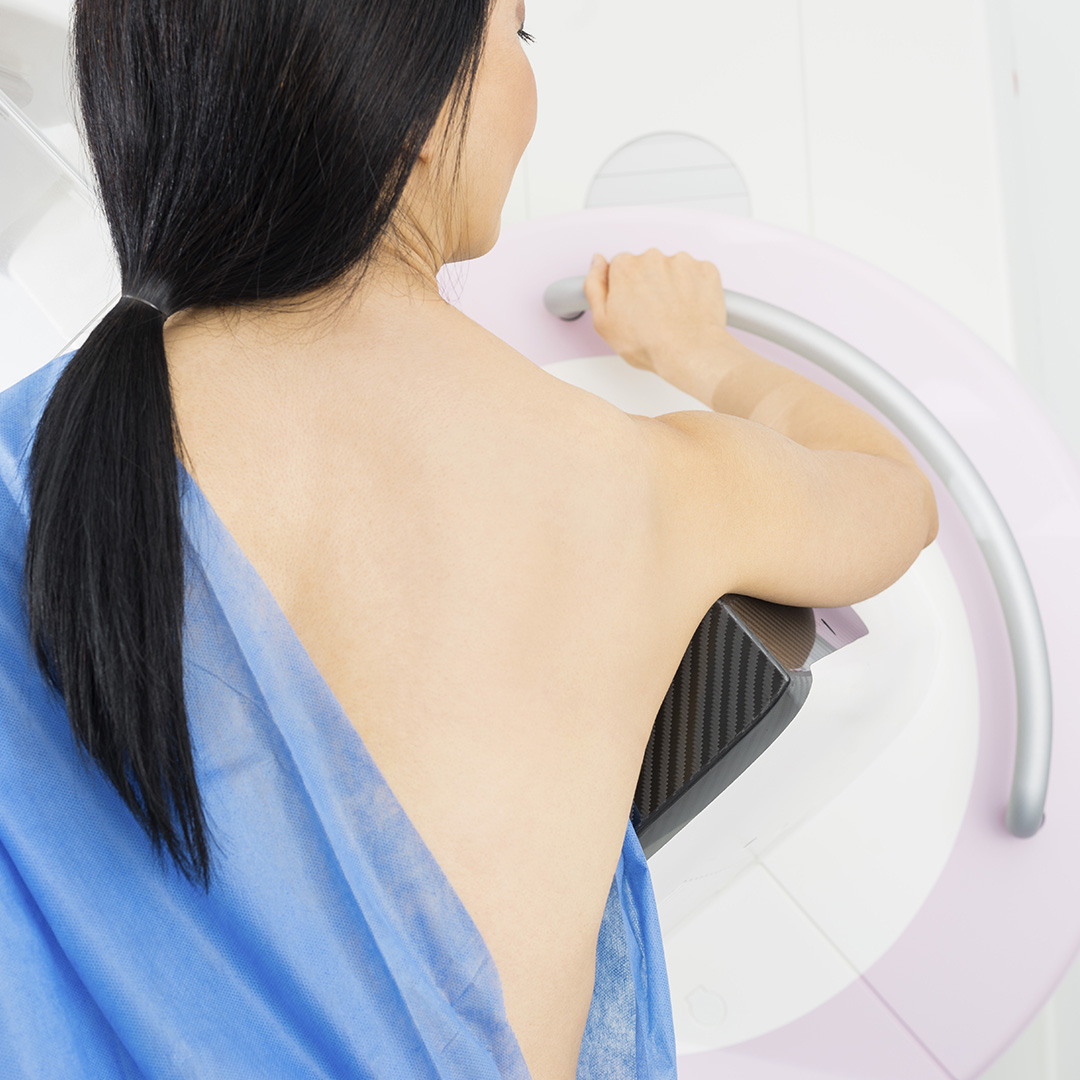If you’re scheduled for a nuclear medicine exam, it’s important to understand what the test is used to evaluate. There are many different types of nuclear medicine exams, each designed to look at a different part of the body. In this blog post from Zwanger-Pesiri Radiology in New York, we’ll discuss four common nuclear medicine exams, what each exam looks for, and how it works. If you have any questions about nuclear medicine exams, be sure to ask your doctor!
Bone Scans
Bone scans are nuclear medicine exams that are used to evaluate bone health. The test is performed by injecting a small amount of radioactive material into the bloodstream. This material travels through the body and collects in the bones. The nuclear medicine technologist then uses a special camera to take pictures of the bones. These pictures can show if there are any areas of concern, such as fractures, infections, or tumors.
Heart Scans
Heart scans are a type of nuclear medicine exam that is used to evaluate cardiovascular health. The test is carried out by inserting a tiny quantity of radioactive material into the circulation. This substance enters the body, where it is collected in the heart muscle. The nuclear medicine technologist then uses a special camera to take pictures of the heart. These pictures can show if there are any areas of concern, such as blockages or damaged heart tissue.
Brain Scans
Brain scans are nuclear medicine examinations that check the health of your brain. A tiny amount of radioactive material is injected into the circulation for this test that travels through the body and collects in the brain. The nuclear medicine technologist then uses specialized imaging equipment to take pictures of the brain. These pictures can show if there are any areas of concern, such as tumors or strokes.
Breast Scans
Breast scans are nuclear medicine exams that are used to assess breast conditions. A tiny quantity of radioactive material is injected into the circulation to perform this test. This material travels throughout the body, collects in breast tissue after being circulated through the system, and is then observed by a nuclear medicine technologist. These captured images can show if there are any areas of concern, including tumors or cysts.
Nuclear medicine exams are an important tool for diagnosing and treating many different conditions. If you have any questions about nuclear medicine exams, be sure to ask your doctor or technician at Zwanger-Pesiri!
